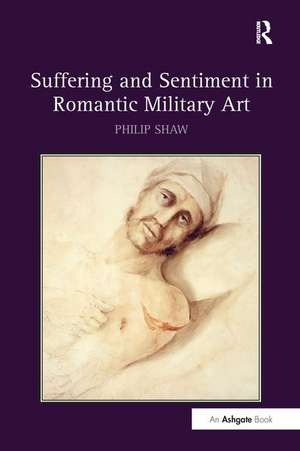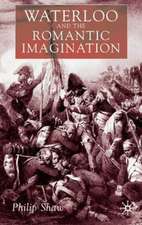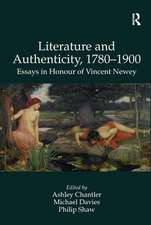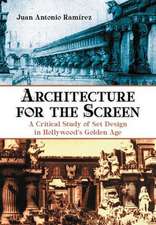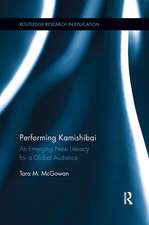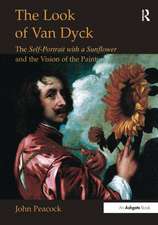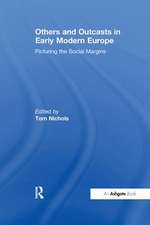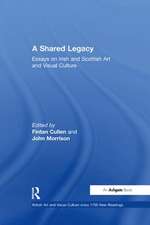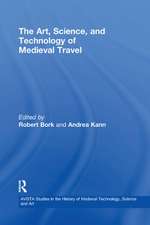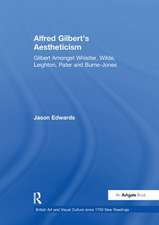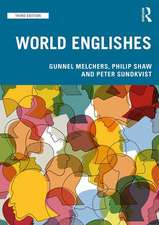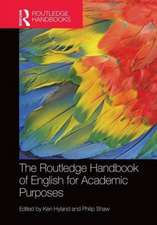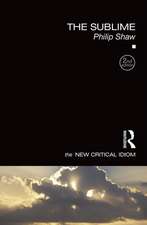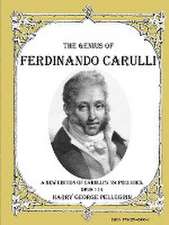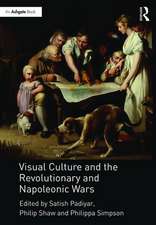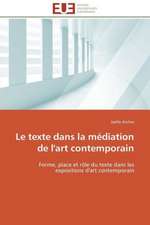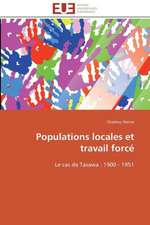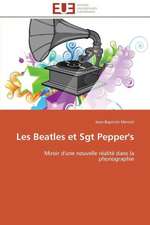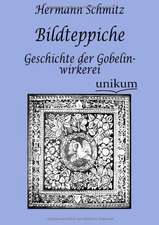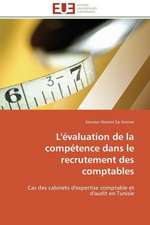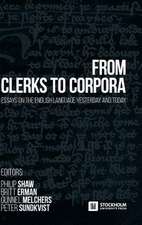Suffering and Sentiment in Romantic Military Art
Autor Philip Shawen Limba Engleză Paperback – 9 sep 2016
| Toate formatele și edițiile | Preț | Express |
|---|---|---|
| Paperback (1) | 469.34 lei 6-8 săpt. | |
| Taylor & Francis – 9 sep 2016 | 469.34 lei 6-8 săpt. | |
| Hardback (1) | 1054.71 lei 6-8 săpt. | |
| Taylor & Francis – 4 iun 2013 | 1054.71 lei 6-8 săpt. |
Preț: 469.34 lei
Nou
Puncte Express: 704
Preț estimativ în valută:
89.84€ • 97.62$ • 75.51£
89.84€ • 97.62$ • 75.51£
Carte tipărită la comandă
Livrare economică 21 aprilie-05 mai
Preluare comenzi: 021 569.72.76
Specificații
ISBN-13: 9781138274860
ISBN-10: 1138274860
Pagini: 260
Dimensiuni: 156 x 234 x 16 mm
Greutate: 0.45 kg
Ediția:1
Editura: Taylor & Francis
Colecția Routledge
Locul publicării:Oxford, United Kingdom
ISBN-10: 1138274860
Pagini: 260
Dimensiuni: 156 x 234 x 16 mm
Greutate: 0.45 kg
Ediția:1
Editura: Taylor & Francis
Colecția Routledge
Locul publicării:Oxford, United Kingdom
Cuprins
Contents: Introduction; Seeing through tears I; Seeing through tears II; ’Complicated woe’: British military art of the 1790s; All the news that’s fit to paint; Disgusting objects; images of wounding in the aftermath of war; Conclusion; Bibliography; Index.
Notă biografică
Philip Shaw is Professor of Romantic Studies in the School of English at the University of Leicester, UK. His publications include Waterloo and the Romantic Imagination (2002) and, as editor, Romantic Wars: Studies in Culture and Conflict, 1793-1822 (2000).
Recenzii
’Beautifully written, lucid, and theoretically sophisticated, Philip Shaw's study of Romantic military art is a consistently illuminating account of an enormously significant but often overlooked subject’. Christopher Rovee, Stanford University, USA
'... beautifully written, theoretically deft and historically detailed study.' BARS Review
'Transatlantic Literary Exchanges focuses on gender, sexuality and race; categories of difference all too familiar in literary scholarship since the late twentieth century, but it strikes a successful balance between existing research and taking new perspectives on well-known terrain. Although the individual chapters deal with very different genres, subjects and cultural locations, each chapter stands on its own; the idea of intersecting various transatlantic crossings with such categories of difference ultimately provides coherence and productive, sometimes unexpected synergies.' BARS Review
'... beautifully written, theoretically deft and historically detailed study.' BARS Review
'Transatlantic Literary Exchanges focuses on gender, sexuality and race; categories of difference all too familiar in literary scholarship since the late twentieth century, but it strikes a successful balance between existing research and taking new perspectives on well-known terrain. Although the individual chapters deal with very different genres, subjects and cultural locations, each chapter stands on its own; the idea of intersecting various transatlantic crossings with such categories of difference ultimately provides coherence and productive, sometimes unexpected synergies.' BARS Review
Descriere
In a moving intervention into Romantic-era depictions of the dead and wounded, Philip Shaw's timely study directs our gaze to the neglected figure of the common soldier. He examines a wide range of print and visual media, including paintings, political prose, anti-war poetry, early photographs, and the letters and journals of soldiers and surgeons, uncovering a history of changing attitudes that qualify notions of suffering on and off the battlefield as noble or heroic.
